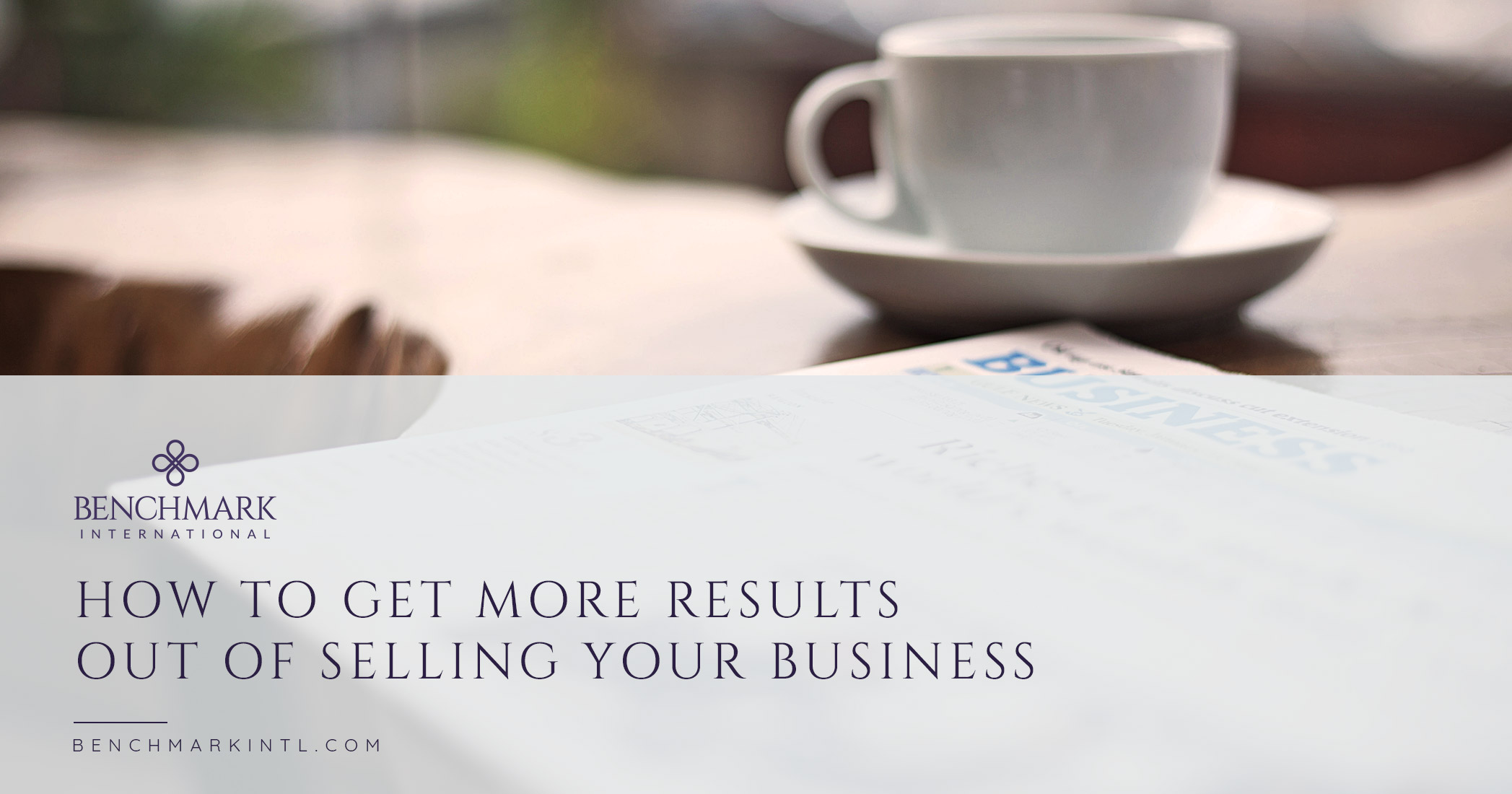Every business is unique and grammar experts will tell you that you cannot place a modifier before the word “unique”. That said, selling government contracting business is a very unique art. Here are some insights from Benchmark International’s extensive experience with these engagements.
What makes selling a government contracting business unique?
Most importantly, there are far fewer financial buyers (e.g., private equity funds, family offices). This means the potential buyer population is both smaller and skewed toward strategic buyers, such as competitors, suppliers, and businesses in adjacent sectors. Therefore, the buyer outreach effort must be more robust, the marketing strategy, as with all writing, must focus on the proper intended audience, and each potential buyer that reaches out must be treated with extra care.
What keeps other buyers away from government contracting businesses?
The main issue is customer concentration. Many companies rely on one specific government or one specific agency for the vast majority of their revenue, for example, the Department of Defense or their state’s Department of Transportation. Knowing how to address this issue is not only key to attracting buyers on the edge of the process but also to stoking interest in all potential buyers in the process. “Customer concentration” is routinely cited in buyer surveys as the number one concern in the early stages of target selection. Thus, failing to address this issue head-on and intelligently can greatly reduce the buyer pool.
Do these businesses trade at a lower multiple than others?
No, there is no “government contractor discount.” These entities are viewed as “counter-cyclical” so when the economy is falling or expected to fall, they can demand a premium over their counterparts that only work with private sector clients.
The business itself may have characteristics – such as customer concentration – that can impact value, but the same is true of any business with any client base. And, to the contrary, the payment history of governments is far better than that of private sector companies and the reliability of these collections gives government contractors a boost on their multiples. This reliability premium moves inversely with the number of bankruptcy filings nationwide.
What type of government contractors get the highest multiples?
To a degree, the same factors that affect any business matter here – defendable intellectual property, long-term customer relationships, moats around the business, the strength of the management team that will stay on after the deal, the stickiness of the product or service offered, reputation, etc.
Additionally, the actual customer contracts draw an excessive amount of attention in these deals.
The longer the contract is the better. For service businesses, a dollar of revenue from a maintenance contract tends to yield more dollars in the sale than does an implementation or repair contract.
Some buyers place a higher value on fixed cost contracts, others on cost-plus or time and materials. Primes tend to get higher multiples than subs but not always, depending on the sub’s specialty. For smaller businesses that will likely have fewer open contracts, the length of time remaining on each contract and its rebid/extension terms are often points of high interest.
Lastly, whether or not the person who has relations with the government office is staying on or not is a big deal. If you are leaving and you have those relations, the sale process must be structured around this fact. This means customization of the type of buyers that are targeted and the story that is initially told to the market. Some buyers won’t mind so they would need to be the primary targets and those that will mind needing to be told at the right time and in the right manner.
What about preserving the set-aside nature of the business?
This is a question that all clients ask but few buyers care about it. We find that most clients don’t use their set aside status to win the majority of their work. More importantly, though, most government contracts do not require the prime to update the government in the event of a loss of status by one of their subs or even by the prime itself. The contracts tend to be “shoot and forget” in this regard. While it can affect some extensions or renewals, we often see that not being the case.
And buyers just don’t care. Today’s multiples are too high for buyers to win company sale processes just because they are looking for a set-aside business. If they aren’t paying for the brainpower, the relationships, the cash flow, or any other standard deriver of value, they aren’t making offers our clients will accept.
Is selling a government contracting business harder than selling a similar business serving the private sector?
Yes, for all the reasons above it’s a bit smaller of a needle to thread. But with the right process, a good deal team, patience, and a motivated attitude on the part of the owner, the process is entirely doable, and these businesses sell every day of the year.
What’s the market like at this minute?
As of the end of July 2020, the market has never been better. We are seeing multiples for all business types staying up at their pre-COVID record levels across the board. Also, we are seeing buyers that previously passed on government contractors reaching out specifically to see what government contracting companies are currently available.
To see a selection of our completed government contracting deals, please click here
Author
Clinton Johnston
Managing Director
Benchmark International
T: +1 813 898 2350
E: Johnston@benchmarkintl.com
READ MORE >>
 Benchmark International
Benchmark International  Benchmark International
Benchmark International 








































